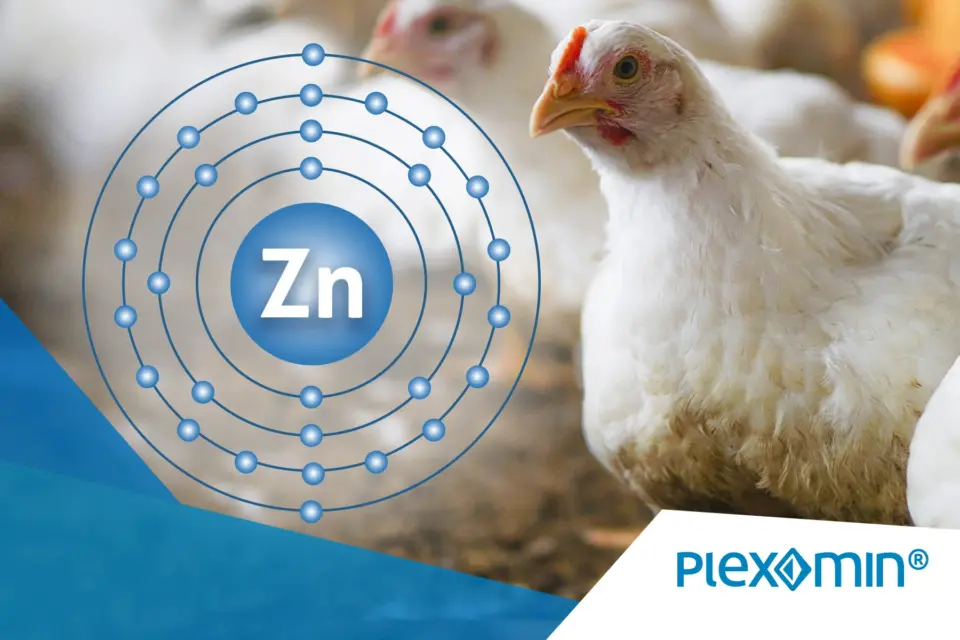The use of organic trace elements in broiler nutrition is a controversial topic. On the one hand, inorganic trace elements are still largely used, but on the other hand, more and more research show a positive correlation between performance and the use of organic trace elements. In addition to enhance performance, organic trace elements find an application supporting quality and health in the poultry sector.
Zinc, playing a key role in wound healing, and in the immune system and cell integrity, has a positive effect on footpad health, which is directly related to animal welfare, performance and carcass quality. The greater the availability of zinc, the better.
Foot pad dermatitis (FPD) is a painful skin condition in broilers. The rising demand for high quality by-products from broiler production, such as broiler feet, has also made this an economic issue. Due to its role in the cross-linking process of collagen, readily available zinc ensures greater elasticity and firmness to the skin and improved wound healing.
Furthermore, by altering the lean meat/fat ratio of broiler meat, zinc improves skin properties and the economics of broiler production. Zinc reduces fat storage in the skin, increasing resistance to scratches and injuries. This results in fewer infections and less frequent downgrading of the entire carcass.
Highly available zinc minimizes specific challenges in broiler production. Further advantages can be reported in poultry breeding. Here it has been shown that the use of organic trace elements leads to a significantly higher transfer of these elements into the egg. Shell stability (due to improved mineralization) and egg weight also increase, resulting in significantly more vital progeny.
In conclusion, the supplementation of organic trace elements in the poultry sector offers numerous advantages.
For more details reach out to our experts Yvonne Link or Maximilian Timpfler, Product Management Plexomin: Yvonne Link or Maximilian Timpfler.



